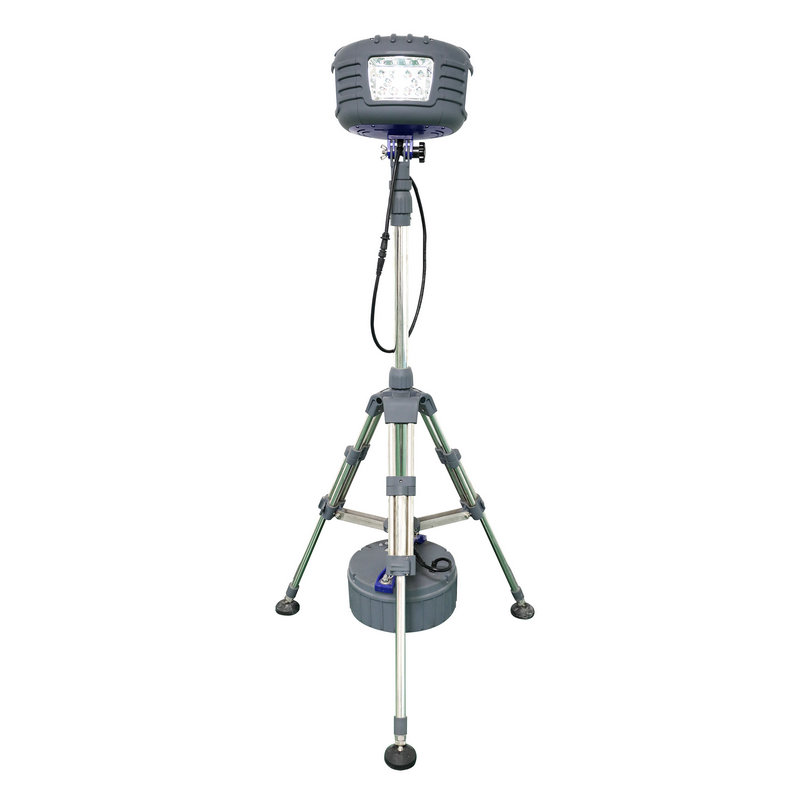The warm-up time required for explosion-proof lighting depends on the type of light source used in the fixture. Here's a breakdown of warm-up times for common types of explosion-proof lighting:
LED (Light Emitting Diode) Lights:
LED explosion-proof lights typically do not require a warm-up time. They provide instant illumination at full brightness as soon as they are turned on. This instant-on feature is one of the advantages of LED lighting.
Fluorescent Lights (Including T8 and T5 Fluorescent Tubes):
Fluorescent explosion-proof lights may require a warm-up time, especially in cold environments. Traditional fluorescent tubes are known to have a noticeable delay in reaching full brightness when initially turned on. The warm-up period can range from a few seconds to a couple of minutes, depending on factors such as temperature and the specific type of fluorescent ballast used.
Some modern fluorescent fixtures are designed to reduce warm-up times, and they may reach near-full brightness more quickly.
HID (High-Intensity Discharge) Lights (e.g., Metal Halide):
HID explosion-proof lights, including metal halide lamps, typically require a warm-up time before reaching their full brightness. The warm-up period for HID lights can range from several minutes to around 10-15 minutes.
During the warm-up phase, the lamp generates a dim or low-intensity light, gradually increasing in brightness until it reaches its peak output.
The warm-up time for fluorescent and HID lights is an important consideration in applications where instant full illumination is required, such as emergency lighting situations. It's essential to factor in warm-up times when planning for lighting in areas where safety and visibility are critical. In contrast, LED explosion-proof lights are well-suited for applications where instant-on lighting is essential.



 English
English Español
Español

